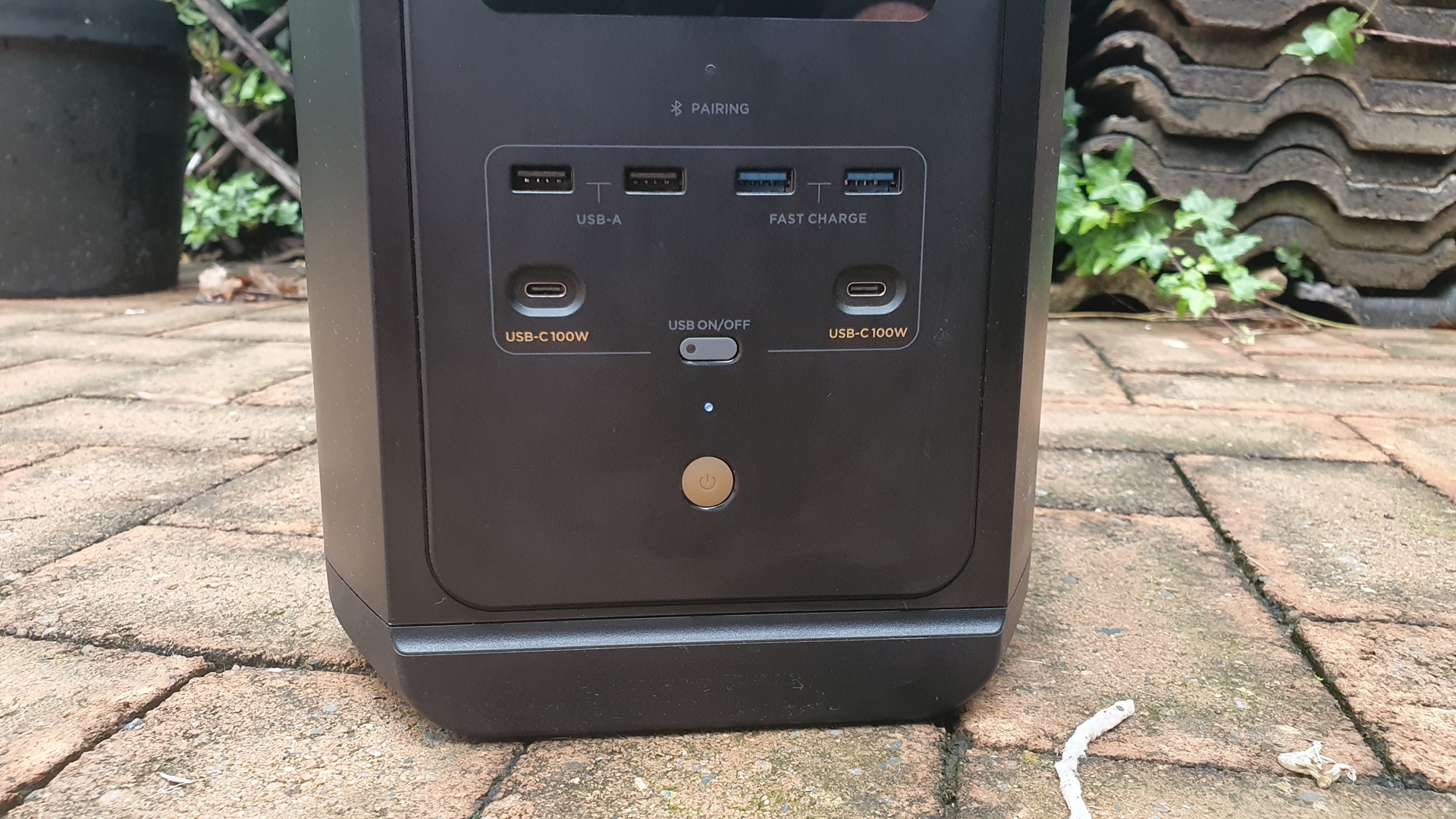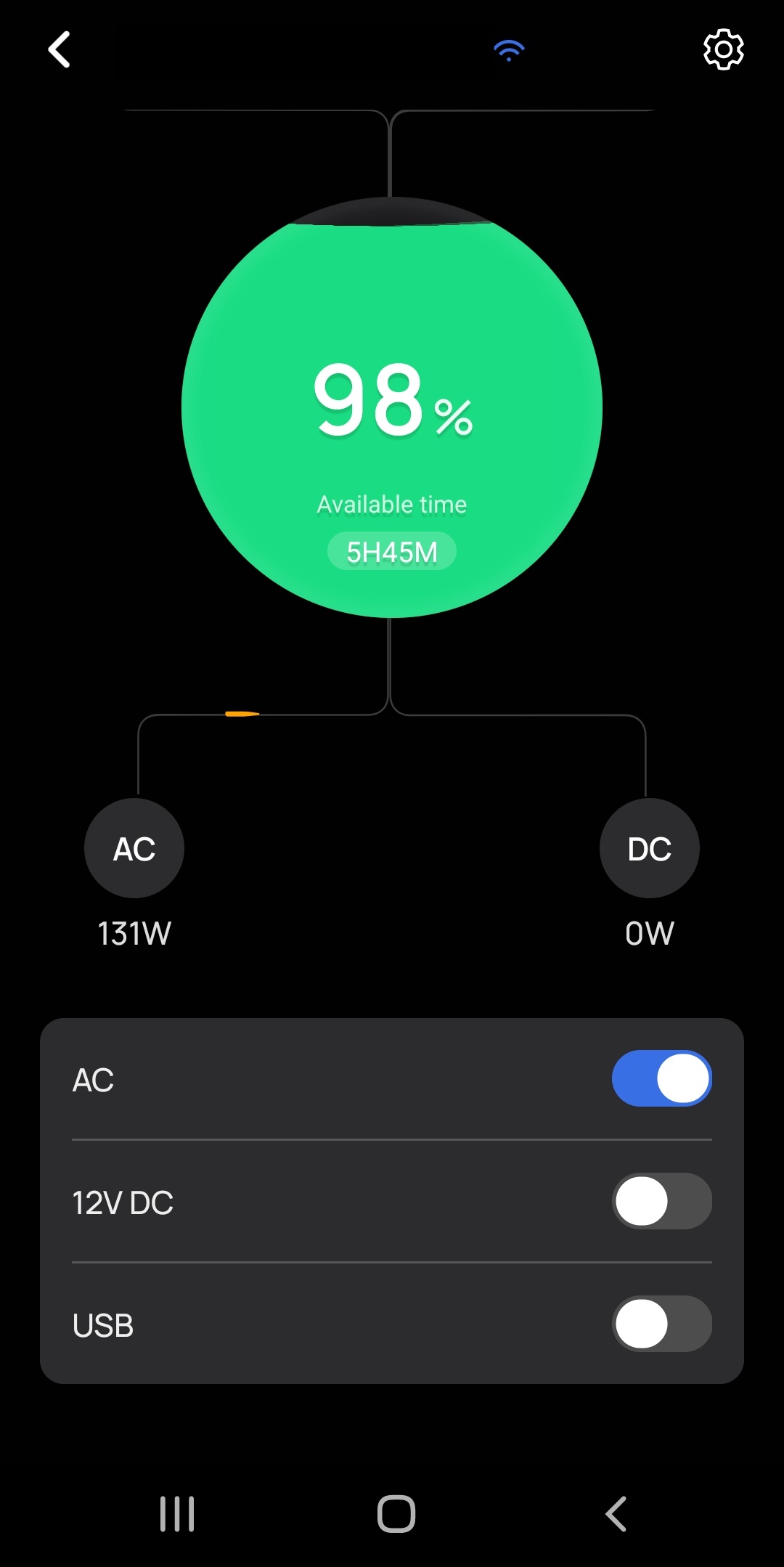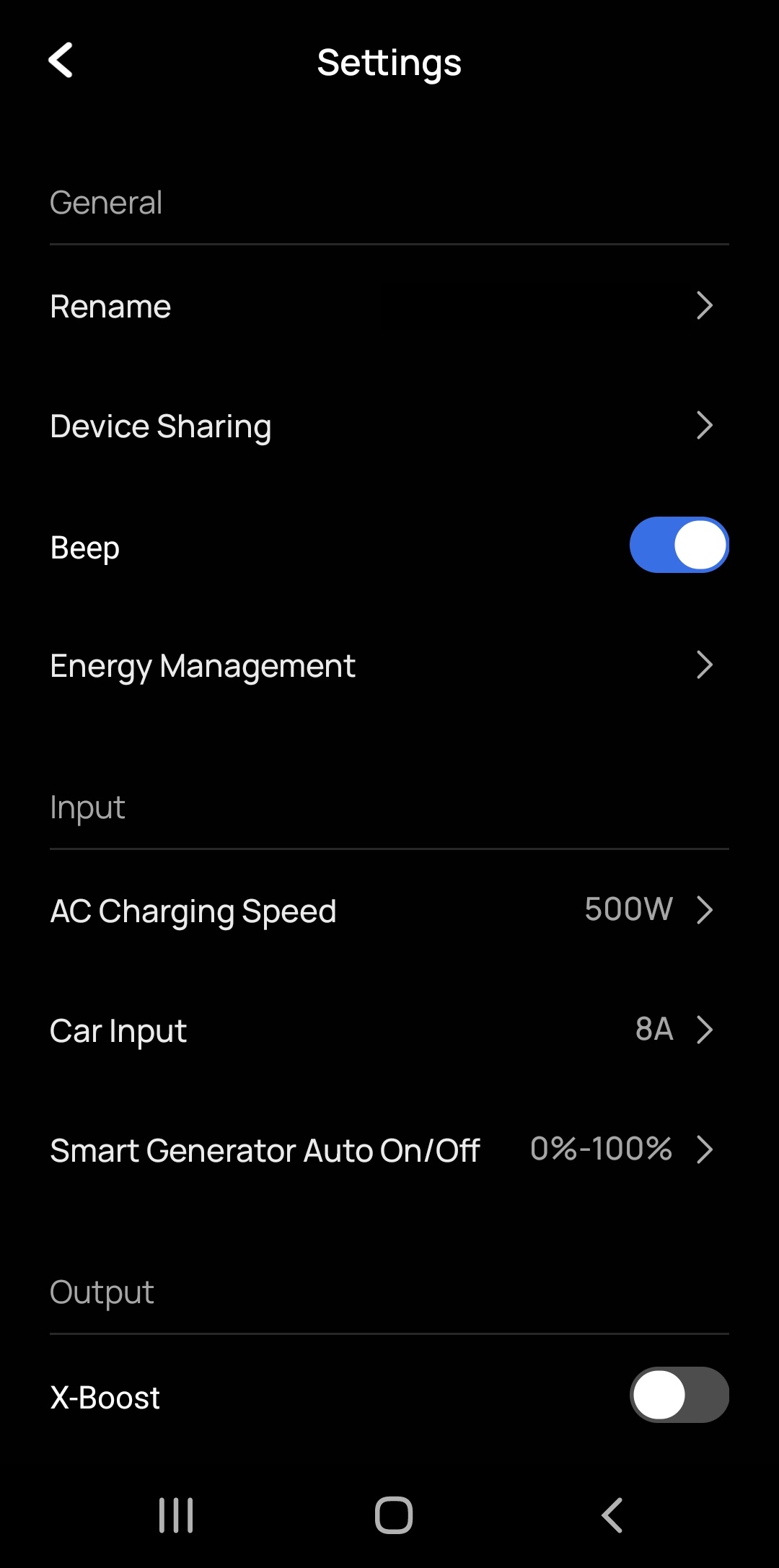Never did we think we’d be cheering on the creation of a highly efficient piece of battery technology, but Eskom being what it is and no end in sight to loadshedding, these are the times we find ourselves in.
That battery technology is Lithium iron phosphate (LiFePO4) and it’s present in the EcoFlow Delta 2 portable power station which we have been reviewing for a month. The short of this review is that we absolutely recommend this solution. Not only has it met our backup power needs for that month, it has exceeded them in leaps and bounds.
Here’s exactly how it performed during our testing.
A new player
To set the scene we need to draw a comparison. The EcoFlow Delta, which is incredibly similar in spec -bordering on identical to the Delta 2 – would last roughly 800 cycles thanks to its Lithium-ion battery. The Delta 2 boasts a whopping 3 000 cycles and that comes down to its battery tech, the previously lauded Lithium iron phosphate.
This means that at the current three blocks of loadshedding per day, assuming a full discharge, the Delta 2 is going to last roughly 1 000 days before dropping to 80 percent capacity. By comparison the EcoFlow Delta would last around 266 days before dropping to 80 percent capacity.
You can read more about the technology in depth here thanks to a well written and researched piece from Lithium Batteries South Africa. The cliff notes are that LiFePO4 charges faster, holds it charge for longer, is more efficient and is safer from mishandling than Lithium ion batteries are.
This comes down to the chemistry of the materials used in these batteries and of late they have gained more popularity in the market.

The battery in our Delta 2 review unit could store 1 024Wh of backup power and could output a staggering 1 800W from the four SA compatible AC plug outlets – two three ping and two two pin. In total, the Delta 2 can output a total of 2 400W with X-Boost enabled if you include the two USB-C output ports (100W a piece) and the four USB-A ports (two with 12W output and two with 18W output). There is also a 126W car power output as well as a 38W DC5521 output for your CCTV setup.
The unit outputs a 120V pure sine wave at 50/60Hz.
Hang on, what is X-Boost? This is a proprietary technology employed by EcoFlow to help power power hungry electronics.
EcoFlow uses what it calls “intelligent voltage control” to help regulate the power draw of high-demand appliances, X-Boost makes sure the Delta 2 doesn’t trip and in our testing, it doesn’t. However, you should be aware that the more power hungry a device, the shorter the up-time on the battery. If you pull 1 000W, the EcoFlow will only last an hour with its 1 024Wh battery. Ideally you want to manage what is connected to this to maximise the battery power during power outages.
There are a few limitations to this technology. For one, X-Boost should only be enabled when the unit is disconnected from your mains power. Having it connected to mains will activate low-voltage protection and trip the unit.
Putting it to work
The EcoFlow comes in a branded brown box with little more than a kettle cable, a car charger and connectors for a solar panel. Out of the box the battery had a 66 percent charge and juicing it up to full took 30 minutes.
Setting up the Delta 2 was very simple and intuitive. That said, the included instructions guide you through each step clearly to make sure you aren’t doing something wrong.
To test the unit we used the Delta 2 during loadshedding to power a 1080p monitor, desktop speakers a notebook, a desk lamp and a router. We drew on average 240W and the Delta 2 would power our setup for five hours before the battery was depleted.
We also plugged our mid-weight gaming PC into the EcoFlow and it powered it without a hitch. Impressively, when loadshedding struck the switch over from mains to the battery was instant and our PC didn’t even notice the 30ms switchover. However, your mileage may vary and you should not connect devices which require a 0ms switchover speed.

How about an airfryer? At 1 200W we managed to get the countertop convection oven working but we noted a battery life of just 28 minutes so you’ll want to limit what you’re cooking here.
The key here is to check that the Delta 2 is able to supply the power needed to whatever is plugged into it. If you do that and make sure you’re not overburdening the device, it won’t trigger it’s protections and you’ll enjoy hours of use from the product.
As for charging, to get from zero to 100 percent charge takes a mere 90 minutes at 1 300 – 1350W. Yes that is an extreme amount of draw and you’re going to want to make sure your oven, airfryer and kettle are off when this behemoth senses power from the grid has returned.
Charging is also loud. The fans ramp up and stay up for the full duration of the charge at 1300W, but thankfully you can adjust this, so long as you have the EcoFlow app.
Every adjustment you make to the EcoFlow Delta 2 will be done through the app and it’s actually rather well put together. Through the app you can set the charging level, enable or disable functions, switch outputs on or off and perhaps most importantly, update firmware.



An Energy Management tool allows you to set a backup reserve so that in the event of loadshedding being unceremoniously extended by a fault, there is still a backup for your backup. How very Pimp My Ride of you EcoFlow.
While there is a display, it’s mostly for information at a glance and it is rather useful, but you’re going to be using the app for most tweaking and tuning.
In addition you can connect the Delta 2 to the internet where you can then remotely monitor the unit. We tested this out to make sure it works – and it does – but given we’re still dealing with battery tech, and very powerful tech at that, we’re keeping it offline just in case miscreants get any ideas.
Conclusion
The EcoFlow Delta 2 is the best product we have encountered to date. Not only does it provide a viable, quiet (compared to a fuel generator) solution to loadshedding, it’s able to power your appliances and electronics with ease.
Perhaps more attractive is the range of extras EcoFlow offers including additional batteries and solar panels. These do come at an additional cost but one could build an entire off-grid backup solution using the Delta 2 as a starting point.
At R24 999 the Delta 2 is expensive, but given its capabilities, the situation South Africa finds itself in and the astounding performance we’ve witnessed, that price is worth it. The brand is also lauded in many reviews we’ve seen online with complaints largely about delivery times more than performance.
In fact, if you are able to add additional batteries and solar panels, do it.
The packaging, the app, the ease of use, it all just comes together so well with the powerful technology contained within the unit.
We highly recommend the EcoFlow Delta 2.
FINAL VERDICT: 10 OUT OF 10.

